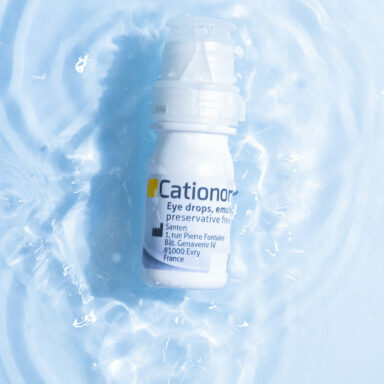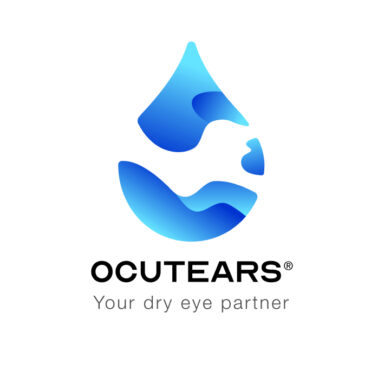Choosing the Right Eye Drops for Dry Eye Symptoms, Allergies and More
Posted on 18 December 2023
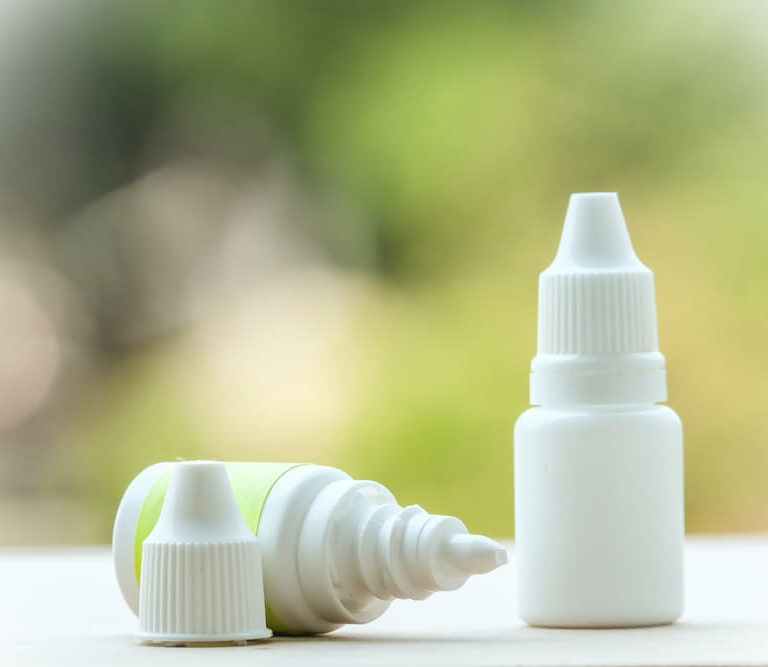
Artificial tears. Allergy eye drops. Drops for red eyes. It really is enough to make you rub your eyes in confusion!
Eye drops can help relieve lots of different eye problems. Naturally, there are also lots of different drops to choose from! So, just how do you know which one is best for you?
Here, we give you a beginner’s guide on how to shop for your drops! We’ll look at the different types, key ingredients, when to use them and what to watch out for.
Top tip
Why not try applying your eye drops when in bed? You may find it easier to keep your head tilted backwards when lying down.
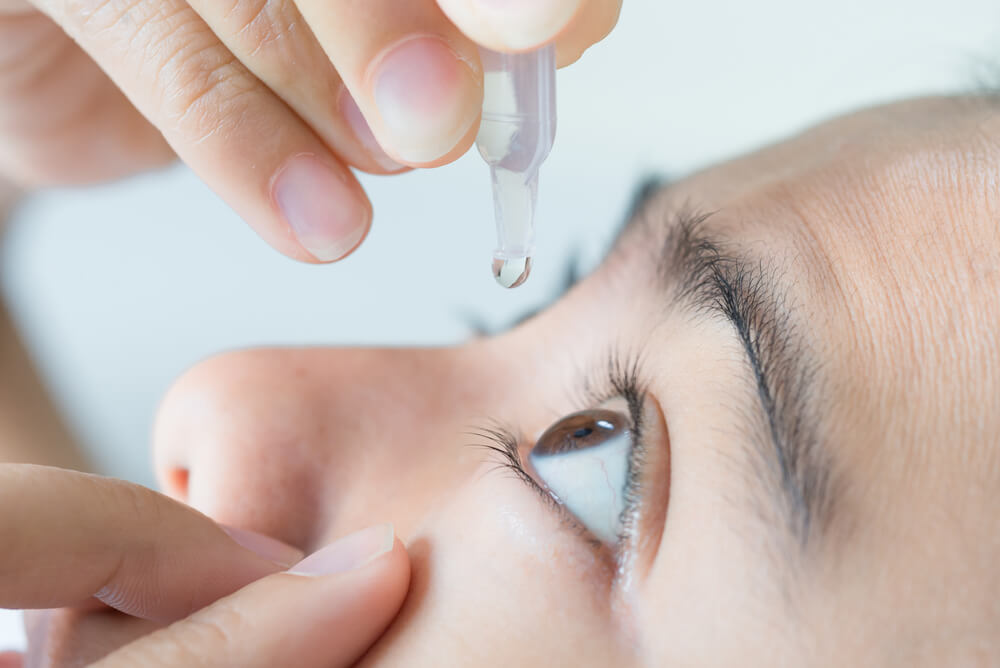
When to use eye drops
Itchy uncomfortable eyes? Maybe they’re red? Or perhaps they’re swollen? Before reaching for eye drops, it’s important to take a step back and consider your symptoms.
Although it’s tempting to try something as a quick fix, it’s really important to know what’s going on. That’s because:
- Different eye drops target different problems, and getting the wrong one could make your symptoms worse1
- Understanding the cause of your symptoms can help you self-manage and prevent or reduce symptoms in the future, for example avoid triggers2
- There could be an underlying cause that needs diagnosis and treatment, e.g., diabetes can lead to dry eye3
Is it dry eye or something else?
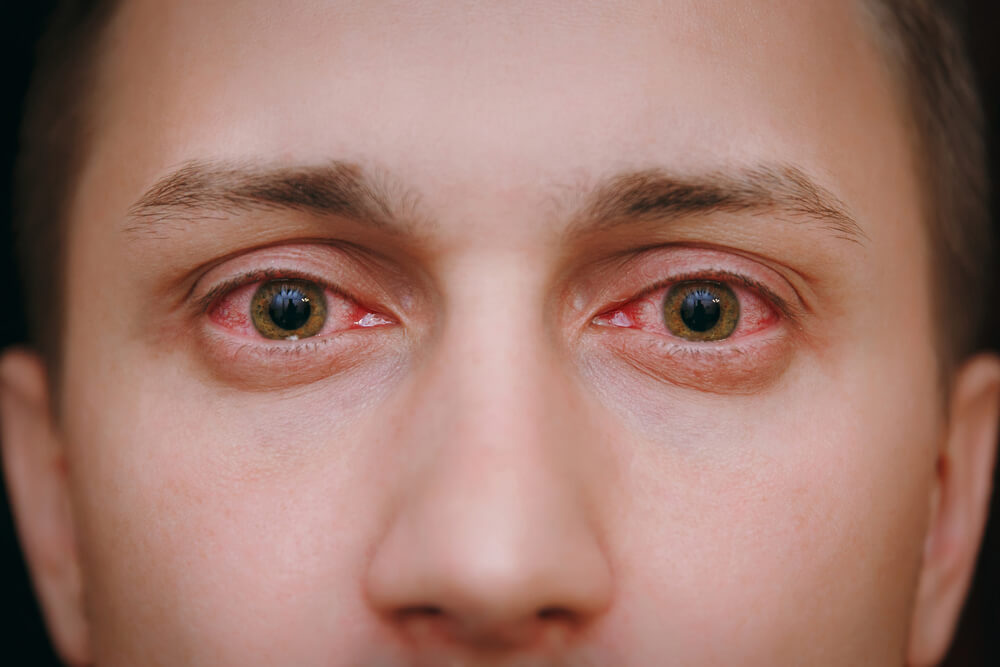
If you have red, itchy eyes, ‘Dr. Google’ will give you no end of possible causes and conditions, from diabetes to dust allergy. The overlap between symptoms of eye conditions can be overwhelming, but there are some key differences. Below we break down some of the most common eye complaints which are easily confused:
| Symptom | Hay fever / allergies4,5 | Dry eye2,5,6 | Infective conjunctivitis / pink eye6-9 | Blepharitis |
| Redness | X | X | X | X |
| Itchiness | X | X | X (not usually) | X |
| Swollen or puffy eyelids | X | X | X | |
| Sensitivity to light | X | X | ||
| Watery eyes | X | X | X | X |
| Burning / stinging | X | X | X | X |
| Dark circles under eyes | X | |||
| Blurry vision | X | X (rare) | ||
| Worse in winter | X | |||
| Worse in summer | X | |||
| Discharge / pus | X | X | ||
| Eye fatigue | X | |||
| Crusts | X | X | ||
| Other tell-tale signs | Intense itchiness. Often affects ear, nose and throat
|
Stinging, scratchy – gritty sensation in the eye | Redness and severe symptoms – yellow, green or white discharge | Crusted eyelashes, dandruff flakes around eye lashes. Foamy tears |
Dry eyes are very common – up to 100 million people globally are thought to be affected,11 including 1 in 4 in the UK.12
Did you know?
Allergies to dust mites or animal fur can cause eye symptoms at any time – known as allergic conjunctivitis. It usually affects both eyes.13You can also be allergic to eye drops too known as dermatoconjunctivitis and / or contact lenses, known as giant papillary conjunctivitis.14,15
Top tip
See your doctor if you’re at all concerned or unsure about your symptoms. Your local pharmacist may be able to help too.
Choosing eye drops for dry eye symptoms
Your tears are much more than salty water; they contain a delicate balance of water, oil, and mucus.16 When this goes out of whack, you can get dry eyes.17

Artificial tears are the go-to choice for your dry eye symptoms – they help by boosting your quality and quantity of tears.18There are lots out there with special ingredients and features, so let’s take a look at some common options you might come across online or at the pharmacy:
Look for these on the label…
Preservative free
Eye drops with preservatives can make dry eye symptoms worse, over time.19Choose an artificial tear which is preservative free especially if you have sensitive eyes or use contact lenses.20
Sodium hyaluronate
A moisturiser naturally found in the body which also works to keep the eye drops in place where they are needed.21 The cross-linked version of sodium hyaluronate lasts longer means you may not need to apply as often as alternative eye drops (without cross-linked sodium hyaluronate).22-25
Aloe Vera
Aloe Vera – also a moisturiser as well as an antioxidant, it’s shown to have antimicrobial and anti-inflammatory properties, which helps to reduce redness and swelling.24-30
Ionic
This means the formula is positively charged and so it locks to the naturally negatively charged surface of the eye.31 As a result, drops are long lasting and may not need to be reapplied as often.31
What to watch out for…
Anti-redness eye drops
These drops can help make your eyes white again but when used for more than a few days, they can irritate your eyes.32 Anti-redness drops can leave deposits on the surface of contact lenses, making them cloudy so they shouldn’t be used with contacts.33
Allergy / antihistamine drops
These are designed to treat hay fever and can make your dry eye symptoms worse.34
Contact lens solution
The ingredients that cleanse your lenses of grime and bacteria and the preservatives that extend the solution’s shelf life, might make your eyes red and irritated.35
Top tip
Ocutears Hydro+ and Ocutears Alo+ are formulated with the cross-linked sodium hyaluronate and Cationorm is the first and only eye drop to use ionic technology.30,36,37Our range is preservative free and suitable for contact lens users.30,36,37Discover more.
If your symptoms are more severe, or persist, please seek medical advice from your doctor or pharmacist.
Other treatment options include lubricating gels and ointments. These are a bit thicker than normal drops and can make your vision blurry for a bit, so most people put them in at night, just before going to bed.38
About eye drops for allergies

Some allergy drops are known as antihistamine drops. This is because their key ingredient is an antihistamine – a drug that blocks histamine, a chemical that is made by the body and is behind many of the symptoms of allergies, including red and itchy eyes.1
You might also come across allergy drops called mast-cell stabilisers. These stop the body from making histamine in the first place but take a bit longer to get to work.38
About eye drops for conjunctivitis
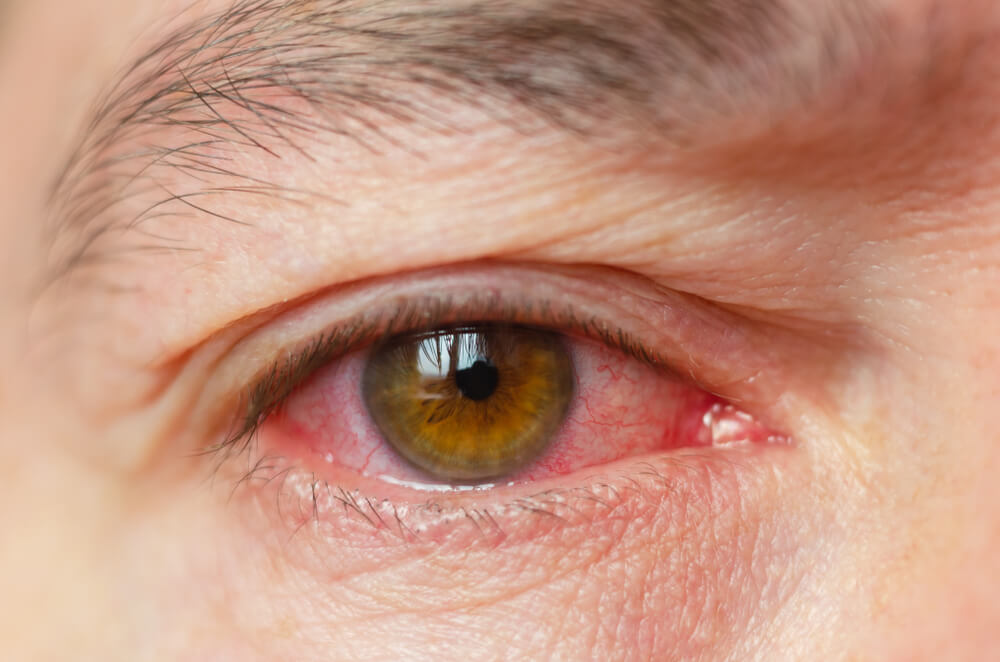
Conjunctivitis – pronounced con*junk*tiv*eye*tiss – occurs when the conjunctiva, the lining of the eyelid and the white of the eye, becomes inflamed, usually due to a bacterial or viral infection. It can be very contagious and spread easily from person to person but usually isn’t serious.
It’s also known as pink eye (because it can make your eyes look bloodshot) and the treatment depends on the cause. The good news is that it usually gets better within a couple of weeks without treatment. If it’s severe, though, your doctor can prescribe something to clear up an infection.7
About eye drops for blepharitis
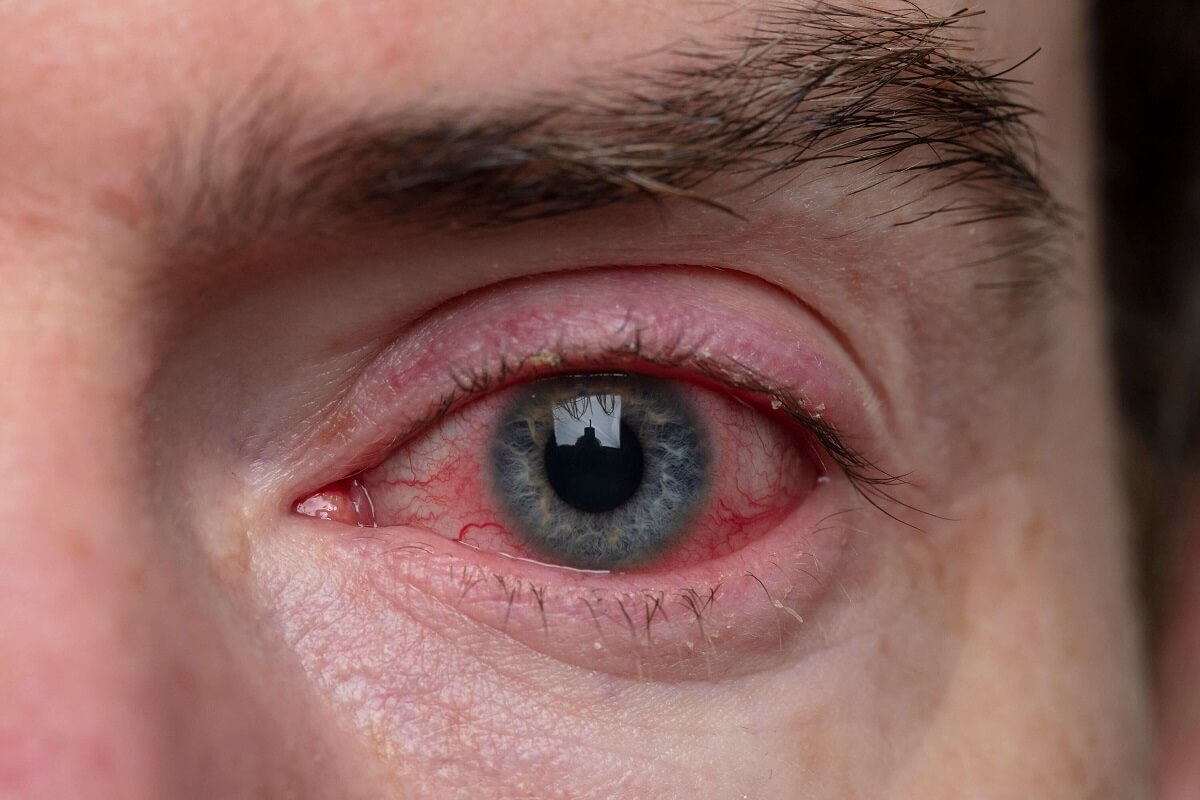
Go on, give it a go – bleh*fuh*rai*tus! It sounds fancy but it is simply red and swollen eyelids. It can be uncomfortable but usually isn’t serious.40 Treatment is focused on keeping your eyes clean but, depending on what’s caused your blepharitis, your doctor might recommend artificial tears or antibiotic or other eye drops.41
Top tip
If you wear contact lenses, there’s a bit more to think about. Rewetting eye drops are made specifically for moistening the eye of contact lens wearers. Not all other types of eye drops work well with contacts.3,9 Always check the label to make sure they are suitable or ask your optician for advice.
Eye drops for Vernal keratoconjunctivitis
Vernal keratoconjunctivitis, which thankfully is usually referred to as plain old VKC, is rare so it’s not in our table above. You can think of it a bit like eczema of the eyes. Where eczema affects the skin, VKC makes the outer protective layer of the eyes itchy and swollen.43
Treatments such as medicated eye drops and other medicines can help prevent flare-ups, relieve symptoms and prevent damage to your vision.44 Your doctor will decide on the best treatment for you, depending on how bad your symptoms are.
How to use eye drops
For best results, apply 1 drop in each eye 1 to 4 times daily, or as directed by your doctor / your artificial tears’ information leaflet:20,45,46
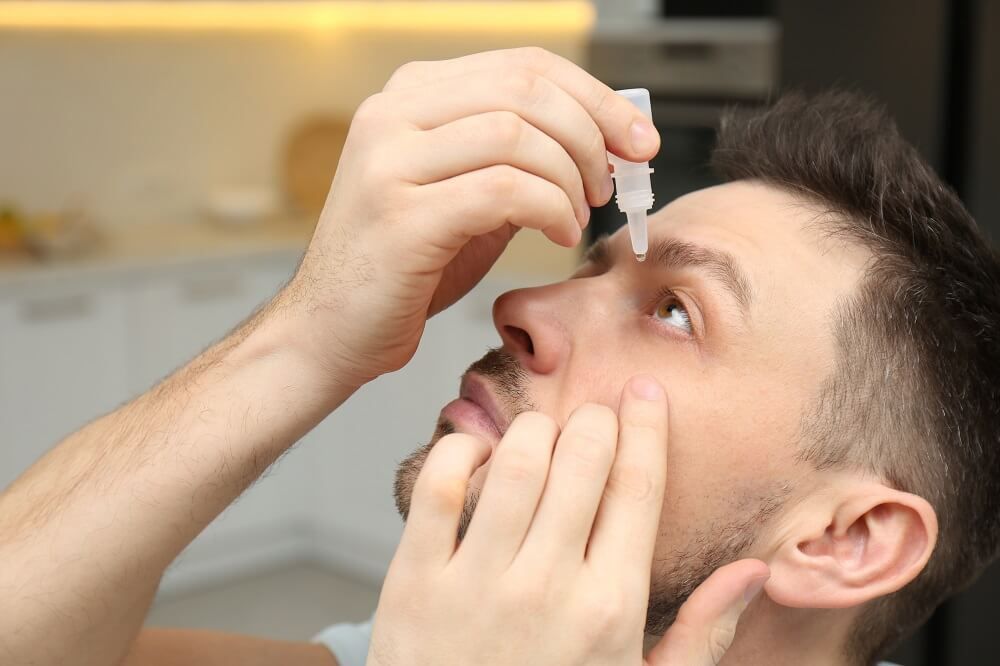
- Wash your hands or use hand sanitiser
- Grasp the body of the bottle between your thumb and forefinger – Avoid any contact of the tip of the bottle with your fingers.
- Tilt your head back or lay down on your back
- Gently pull down your lower eyelid with your non-dominant index finger
- With your other hand, hold the bottle above the eye and place the back of your hand on your forehead.
- Look up and gently squeeze 1 drop in the eye and close your eye (don’t blink)
- Softly press the inner corners of your eye for a few minutes (this helps the eye drop distribute)
- Dab away the excess with a clean tissue or towel
- Don’t touch the bottle tip, just put the cap straight back on
- Store the bottle in the box when you are not using it and check the expiry date
Tips:45-46
- If you use other eye drops, you should wait at least 5 minutes between each
- Never share your eye drops
- Remove contact lenses before applying, unless otherwise directed by your doctor or pharmacist
- If you also use an ointment, apply the drops first
- Use your eye drops for at least a month, and if there’s no improvement or if you are in a lot of pain talk to your doctor or pharmacist about other options
Discover more about how to apply your drops like a pro.
Fun fact: You don’t just make tears when we are sad, we make them in small quantities all the time to help you see clearly and keep your eyes healthy. In fact, your eyes are so busy making tears that if you could put a year’s tears together, there would be 15 to 30 gallons!47
Top tip
If you keep forgetting to put in your eye drops, try making them part of your daily routine by, for instance, putting them in just after doing your teeth. Setting an alarm on your phone might also help.
When to see a doctor or pharmacist
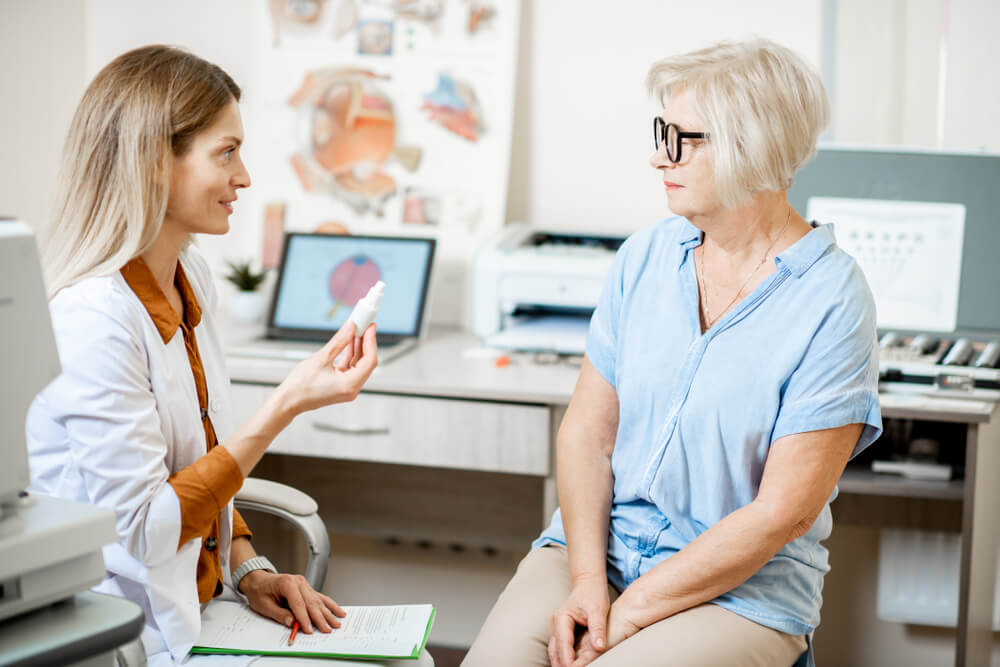
When your eyes are red, dry or itchy, eye drops will often provide the relief you they are craving. But, if your symptoms don’t start clear up after a few days, ask your optician, ophthalmologist, GP or pharmacist for help. Also speak to them if the drops you are using seem to be making your condition worse or if they affect your vision.1
Important
Always read the instructions for your eye drops, to ensure you are using them correctly and if you are unsure of your diagnosis please speak to your doctor or pharmacist.


